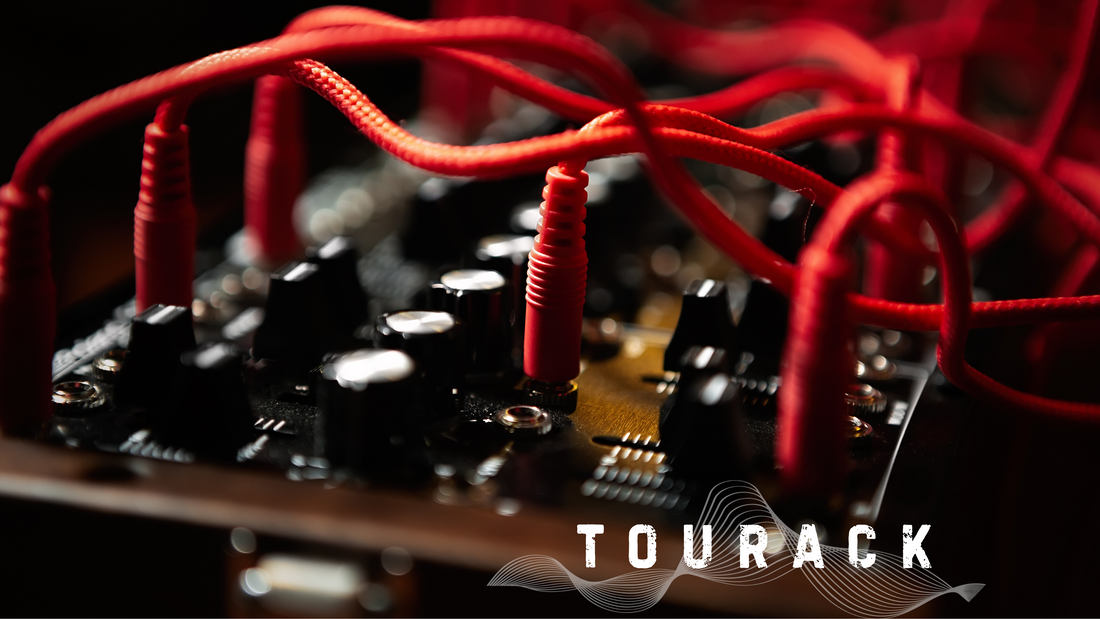
Analog vs Digital Synths: What’s Right for Your Studio?
Analog vs Digital Synths: What’s Right for Your Studio?
Synthesizers are the backbone of countless genres, from electronic dance music to film scoring. But one question always sparks debate: Should you go analog or digital? Both have their strengths, and the best choice depends on your workflow, style, and budget. Let’s break down the differences to help you decide which synth is right for your studio.
The Case for Analog Synths
Analog synths generate sound using real electrical circuits, creating a warm, organic character that digital often tries to emulate. Many producers describe analog as “alive” because of the subtle variations in tone and movement.
Pros:
-
Warm, rich, natural sound
-
Hands-on controls that encourage creativity
-
Highly valued in resale (many become classics)
Cons:
-
Higher price point
-
Limited polyphony compared to digital
-
Bulky and less portable
Examples: Moog Subsequent 37, Sequential Prophet-10, UDO Super Gemini
The Case for Digital Synths
Digital synths use software algorithms or digital signal processing (DSP) to generate sound. They can emulate analog tones but also push into territory analog can’t reach, offering limitless sonic possibilities.
Pros:
-
Wide range of sounds (from analog emulation to futuristic textures)
-
More affordable and portable
-
Often include effects, presets, and deeper editing options
Cons:
-
Some players feel they lack the warmth of analog
-
Menus can slow down creativity compared to knobs and sliders
Examples: Roland Fantom, Korg Kronos, Yamaha Montage M
Hybrid Synths: The Best of Both Worlds
Hybrid synths combine analog circuits with digital control or effects, giving musicians the warmth of analog with the flexibility of digital.
Examples: UDO Super 6, Novation Summit, Waldorf Quantum
Which One Is Right for You?
-
If you want warmth and character: Go analog. Perfect for classic synth tones, pads, and leads.
-
If you want versatility and value: Go digital. Great for producers needing many sounds in one instrument.
-
If you want flexibility: Choose a hybrid—modern synths often blend both worlds beautifully.
Final Thoughts
There’s no wrong answer. Many studios use both analog and digital synths to cover all sonic possibilities. Start with what inspires you, then expand as your music grows.
At TOURACK, we stock a wide range of analog, digital, and hybrid synthesizers. Whether you’re after vintage warmth or futuristic textures, we’ll help you find the right synth for your sound.
Explore our synth collection at tourack.com.
